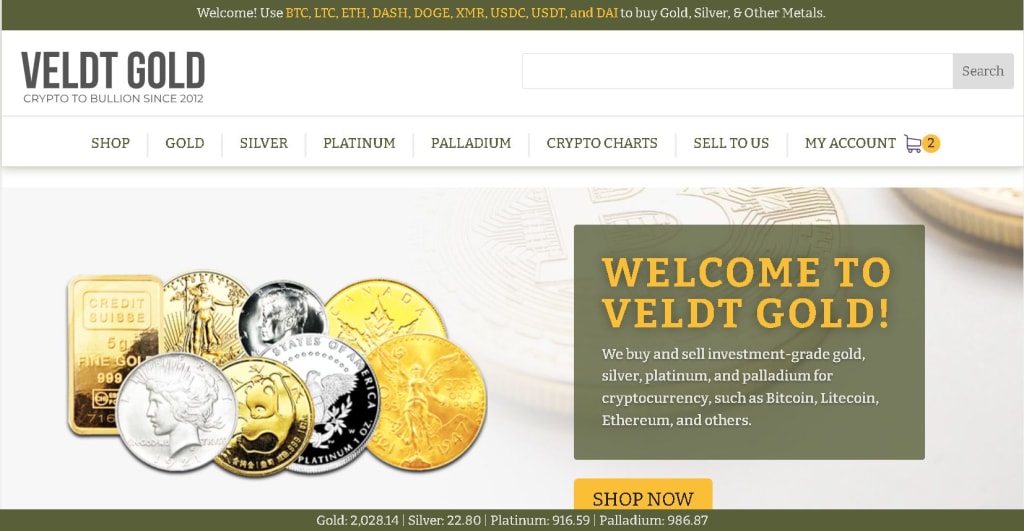Gold Price Trends
Analyzing the Outlook for the Precious Metal

Gold has long been considered a safe-haven asset and a hedge against inflation. As economic uncertainties persist globally, investors and analysts are closely watching gold price trends. This article examines current factors influencing gold prices and potential future trends.
Current Gold Price Overview
As of July 2024, gold prices are experiencing significant activity with various factors influencing the market. Currently, gold prices are hovering around $2,400 per ounce after experiencing substantial gains earlier this year. Here are some key trends and insights:
1. Market Volatility and Consolidation: Gold markets have been quite volatile, testing major support levels around $2,300. There is potential for either significant consolidation or a major move depending on market conditions. If prices fall below $2,280, they could drop to $2,150, but if they break above $2,350, they might reach $2,400 again.
2. Geopolitical and Economic Factors: Geopolitical tensions, particularly in the Middle East, along with macroeconomic uncertainties and high inflation levels, continue to support gold prices. Central banks are also increasing their gold reserves, which is a bullish signal for the market.
3. Interest Rates and Inflation: The Federal Reserve's cautious approach to interest rate cuts is a critical factor. Lower interest rates tend to boost gold prices as they reduce the opportunity cost of holding non-yielding assets like gold.
4. Technical Analysis and Forecasts: Analysts expect gold to experience some dip-buying at lower levels, suggesting that any price declines might be temporary. There are projections of gold potentially reaching up to $2,800 by mid-August if it finds a solid bottom.
Several key factors are currently impacting gold prices:
1. Inflation concerns
2. Geopolitical tensions
3. Central bank policies
4. US dollar strength
5. Economic recovery pace
Future Price Trends
Analysts have differing views on the future direction of gold prices. Here are some projections and factors to consider:
Inflation Hedge: Some experts believe gold prices could continue to rise as investors seek protection against inflation. A report by Goldman Sachs suggests gold could reach $2,500 per ounce within the next 12 months if inflation persists.
Central Bank Policies: The Federal Reserve's monetary policy decisions will likely impact gold prices. A research note from Bank of America suggests that if interest rates remain low, gold could benefit and potentially reach $2,300 per ounce.
Technical Analysis: Chart patterns and technical indicators are used by some analysts to predict future price movements. A technical analysis report from Kitco suggests that gold may consolidate in the $2,000-$2,200 range before potentially breaking higher.
Geopolitical Tensions:
- Ongoing or escalating geopolitical tensions, particularly in regions like the Middle East, can drive investors towards safe-haven assets like gold. For example, conflicts or instability in major economies can lead to increased gold buying.
Economic Data and Performance:
- Economic indicators such as GDP growth, unemployment rates, and manufacturing output can influence investor sentiment. Weak economic performance often leads to higher gold prices as investors seek safety
Central Bank Activity:
- Central banks' gold purchasing activities can significantly impact the market. Increased gold reserves by central banks indicate strong demand, which can drive prices up. Reports suggest that a notable percentage of central banks plan to increase their gold reserves in 2025
US Dollar Strength
- Gold is typically priced in US dollars, so fluctuations in the dollar's strength can impact gold prices. A weaker dollar makes gold cheaper for holders of other currencies, potentially boosting demand and prices. Conversely, a stronger dollar can make gold more expensive and reduce demand
Market Sentiment and Speculation
- Investor sentiment and speculative activities can cause short-term price volatility. Positive sentiment driven by factors such as economic uncertainty or favorable market conditions can drive prices higher, while negative sentiment can have the opposite effect【
By keeping an eye on these factors, investors can better understand and anticipate movements in gold prices.
The future price of gold remains uncertain and subject to various economic and geopolitical factors. Investors should carefully consider their own risk tolerance and investment goals when making decisions about gold investments.
Sources:
(Gold Eagle) (CAPEX Trading).
About the Creator
Enjoyed the story? Support the Creator.
Subscribe for free to receive all their stories in your feed.





Comments (1)
Nice futurism.